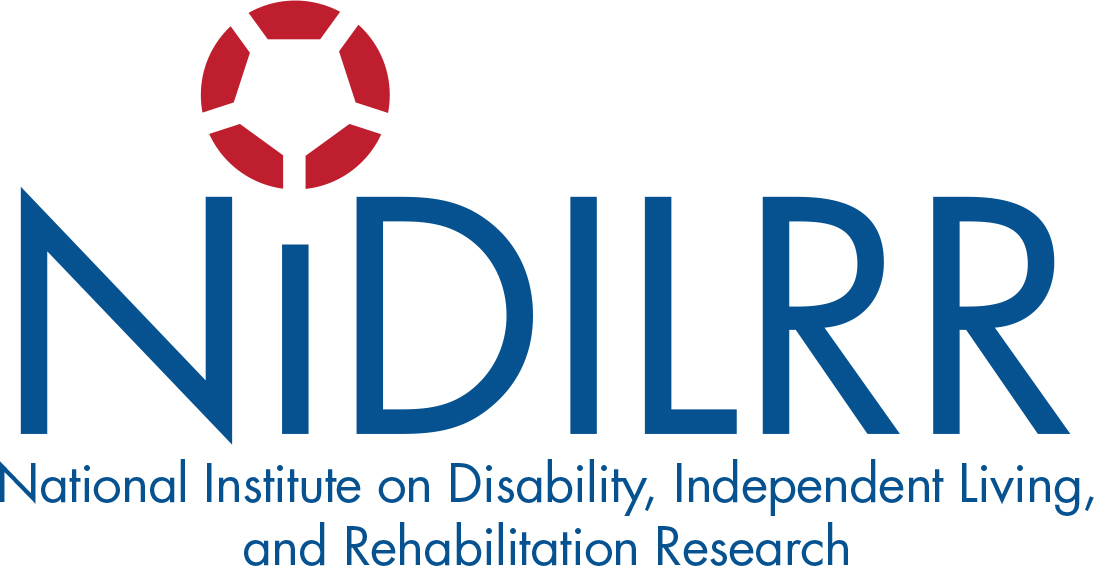Immediate recommendation for all pressure ulcer stages (descriptions and photos) call for immidiate referral to wound care specialist for evaluation/treatment.
Intermediate recommendations include:
- It is extremely important to advise the patient to limit/eliminate all pressure from the area as soon as possible. For example, if it the wound is on the heels, use pillows or special pressure reducing boots. If the wound is on the ischium, limit sitting on the wound, etc.
- do not position directly on a pressure sore
- turn every two hours at a 45 degree angle while in bed even if on a specialty mattress. Do not position directly on trochanters
- keep head of bed 30 degrees or less if no contraindications
- do not use ring or donut shaped devices
- avoid leaving patient on a bedpan
- use transfer aids to avoid friction and shear
- do not apply heat directly on the pressure ulcer (heating pads, hot water bottles, etc.)
- if the wound is on a sitting surface, advise no sitting up or limit time sitting up to meal times only until seen in the wound clinic
- do not to vigorously rub or massage the area.
- If the wound is closed, cover the area with a dry protective dressing such as a thin foam, gauze, or hydrocolloid dressing.
- If the wound is open, the wound (including the periwound area) should be cleaned with normal saline, water or wound cleanser at each dressing change.
- use a moist dressing such as wound gel or normal saline moistened gauze dressings twice daily covered with a dry gauze dressing to maintain a moist wound environment.
- avoid allowing the dressing to dry in the wound. If the wound is draining heavily, a more absorbent dressing such as an alginate can be utilized prior to wound clinic referral.
- For wounds in proximity to the pelvic area, establish a bowel/bladder management program if the patient is incontinent to avoid pressure ulcer contamination.
- Typically, pressure ulcers are not infected. However, if there are clinical signs of infection, treat the patient accordingly. Patients with diabetes mellitus, poor tissue perfusion, autoimmune disease, immunosuppression, and protein-calorie undernutrition are generally more susceptible to infections.
References
Association for the Advancement of Wound Care (AAWC). Association for the Advancement of Wound Care guideline of pressure ulcer guidelines. Malvern (PA): Association for the Advancement of Wound Care (AAWC); 2010.
Pressure Ulcer Prevention and Treatment Following Spinal Cord Injury Clinical Practice Guideline published by the Paralyzed Veterans of America and the Consortium for Spinal Cord Medicine. (2014)
European Pressure Ulcer Advisory Panel and National Pressure Ulcer Advisory Panel. Treatment of pressure ulcers : Quick Reference Guide. Washington, DC: National Pressure Ulcer Advisory Panel; 2009. Retrieved from www.npuap.org
National Pressure Ulcer Advisory Panel (2007) Pressure Ulcer Category/ Staging Illustrations. Retrieved from http://www.npuap.org/
